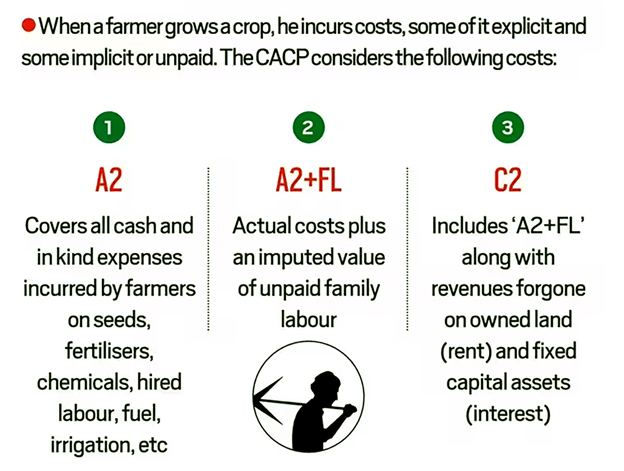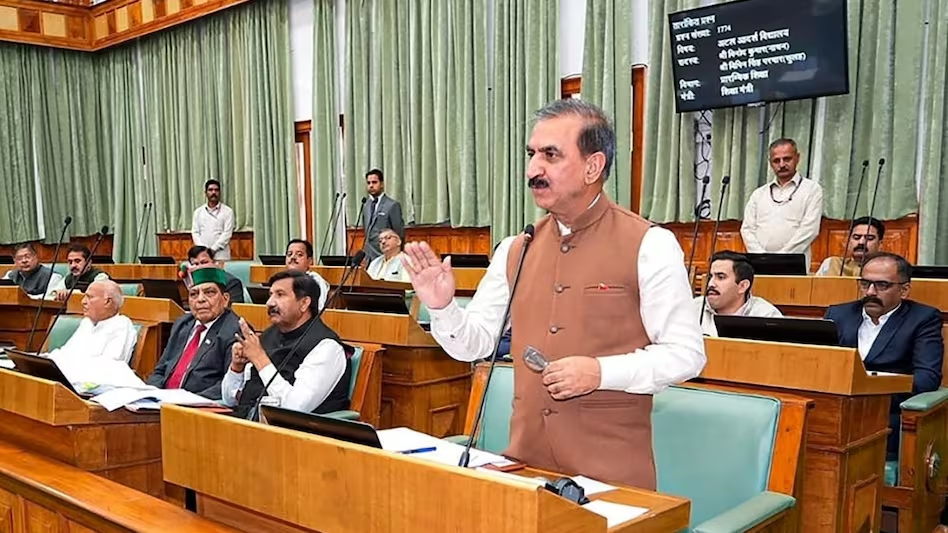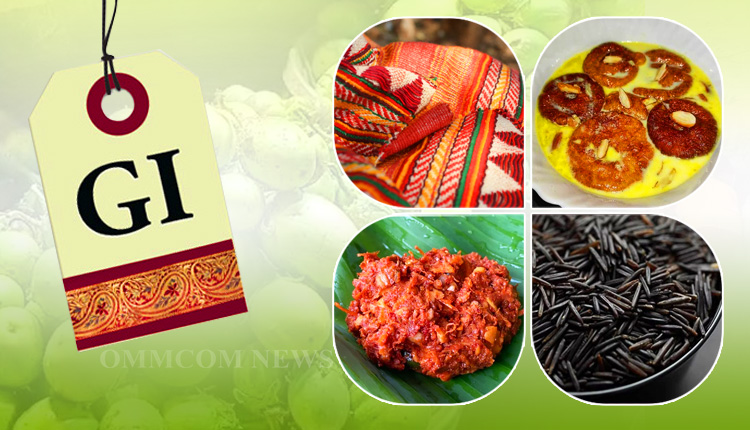- Courses
- GS Full Course 1 Year
- GS Full Course 2 Year
- GS Full Course 3 Year
- GS Full Course Till Selection
- Answer Alpha: Mains 2025 Mentorship
- MEP (Mains Enrichment Programme) Data, Facts
- Essay Target – 150+ Marks
- Online Program
- GS Recorded Course
- Polity
- Geography
- Economy
- Ancient, Medieval and Art & Culture AMAC
- Modern India, Post Independence & World History
- Environment
- Governance
- Science & Technology
- International Relations and Internal Security
- Disaster Management
- Ethics
- NCERT Current Affairs
- Indian Society and Social Issue
- NCERT- Science and Technology
- NCERT - Geography
- NCERT - Ancient History
- NCERT- World History
- NCERT Modern History
- CSAT
- 5 LAYERED ARJUNA Mentorship
- Public Administration Optional
- ABOUT US
- OUR TOPPERS
- TEST SERIES
- FREE STUDY MATERIAL
- VIDEOS
- CONTACT US
Centre Increases MSP for Rabi Crops for 2025-26
Centre Increases MSP for Rabi Crops for 2025-26
- In Oct 2024, the Union government announced the Minimum Support Prices (MSP) for 6 rabi crops for the 2025-26 Rabi Marketing Season (RMS).
- The MSP for wheat, India’s second-largest crop, has been raised by ₹150 per quintal (6.59%), bringing the new MSP to ₹2,425 per quintal.
- This decision was made by the Cabinet Committee on Economic Affairs under Prime Minister Narendra Modi.
What are MSPs, and How are They Decided?
- Minimum Support Prices (MSPs) are a crucial mechanism in India’s agricultural framework, designed to safeguard farmers from fluctuating market prices.
- Farmers produce various crops year-round, such as paddy (rice) during the kharif season (sown in June, harvested in November) and wheat during the rabi season (sown in November, harvested in March).
- Typically, farmers sell their produce in the market.
- However, when market prices drop significantly—due to bumper harvests or low international prices—farmers can face financial distress, threatening their livelihoods and the country's food security.
How are they calculated?

The government uses A2+FL formula to calculate the MSP for agricultural product.
Purpose of MSPs:
MSPs are announced by the government annually to prevent such scenarios. They serve several purposes:
- Price Floor: MSPs ensure that farmers receive a minimum price for their produce, protecting them from market fluctuations.
- Incentivization: By setting MSPs, the government encourages the production of certain crops
- Ensuring a stable supply of essential food grains.
Coverage of MSPs:
The government announces MSPs for 23 crops across various categories:
|
Category |
Crop Types |
|
Cereals (7 types) |
Paddy, Wheat, Maize, Bajra, Jowar, Ragi, Barley |
|
Pulses (5 types) |
Chana, Arhar/Tur, Urad, Moong, Masur |
|
Oilseeds (7 types) |
Rapeseed-Mustard, Groundnut, Soybean, Sunflower, Sesamum, Safflower, Nigerseed |
|
Commercial Crops (4 types) |
Cotton, Sugarcane (FRP instead of MSP), Copra, Raw Jute |
Sugarcane: (Sugarcane has a Fair and Remunerative Price (FRP) instead of a Minimum Support Price (MSP).
- The FRP applies only to sugarcane, while the MSP covers a wider range of crops.
- The Cabinet Committee on Economic Affairs (CCEA) announce the Fair and Remunerative Price (FRP) of sugarcane.
- The CCEA is chaired by Prime Minister Narendra Modi and includes other senior ministers.
- The FRP is the minimum price that sugar mills must pay to sugarcane growers.
- The CCEA's decision was based on recommendations from the Commission for Agricultural Costs and Prices (CACP) and consultations with state governments and other stakeholders.
Determination of MSPs:
The decision regarding MSPs is made by the Union government, largely based on recommendations from the Commission for Agricultural Costs and Prices (CACP).
When determining MSPs, the CACP considers several factors:
- Demand and Supply: Analyzing the availability of the commodity in the market.
- Cost of Production: Assessing the expenses incurred by farmers to grow the crop.
- Market Price Trends: Reviewing both domestic and international price trends.
- Inter-Crop Price Parity: Evaluating price relationships among different crops.
- Terms of Trade: Examining the price ratio between agricultural and non-agricultural products.
- Margin Requirement: Ensuring a minimum of 50% margin over the cost of production.
- Consumer Implications: Considering the effects of MSP on consumers of the product.
Procurement Practices:
- Not all agricultural produce is procured at MSPs.
- Actual procurement varies by crop and region, and MSPs lack statutory backing—meaning farmers cannot legally demand MSP as a right.
- Farmer unions, which led protests that resulted in the repeal of three controversial farm laws, have called for legislation that would provide MSPs with mandatory status, transitioning from being merely indicative prices.
Details of MSP Increases for Rabi Crops for 2025-26 :

The government approved MSP hikes for several rabi crops, with increases ranging from 2.41% to 7.03%.
Comparison to Previous Year:
- The increases this year are consistent with previous patterns. In the 2024-25 RMS, MSP hikes ranged from 2.65% to 7.08%.
- The increase for rapeseed and mustard this year is particularly significant, representing the highest absolute increase compared to prior years.
Importance of Wheat and Other Rabi Crops:
Wheat Production:
- Wheat is crucial for India, covering an area of 318.33 lakh hectares in the 2023-24 season, with an estimated production of 113.92 million tonnes.
- Uttar Pradesh leads in wheat production, followed by Madhya Pradesh, Punjab, and others.
- In the current RMS (2024-25), the government procured 26.6 million tonnes of wheat, benefiting 22 lakh farmers.
Other Crops:
- Gram: As the largest pulse crop by area, gram is grown on 95.87 lakh hectares with a production of 11.03 million tonnes. Maharashtra is the leading producer.
- Barley: The new MSP of ₹1,980 is crucial for states like Uttar Pradesh, Rajasthan, and Madhya Pradesh, where barley is widely cultivated.
- Lentils (Masur): With a ₹275 increase, this crop is promoted to boost domestic supply, as India imports a significant amount of lentils.
- Rapeseed and Mustard: Second only to soybean, this oilseed crop is vital for cooking oil production in India.
- Safflower: The MSP for safflower increased to ₹5,940, with major production in Karnataka, Maharashtra, Telangana, and Andhra Pradesh.
Implications for Farmers:
According to the Commission for Agricultural Costs & Prices (CACP):
- Wheat Farmers: 22 lakh farmers benefited from MSP in the current RMS.
- Lentil Farmers: 1.13 lakh farmers are supported by the new prices.
- Mustard Farmers: 5 lakh farmers benefit from these MSP hikes.
- Gram Farmers: The number of farmers benefiting from MSP has decreased slightly due to market prices being favorable.
Price Support Scheme:
- The procurement of pulses and oilseeds is managed by the National Agricultural Cooperative Marketing Federation of India (NAFED) and the National Cooperative Consumers' Federation of India (NCCF) under the Price Support Scheme.
- The decline in the number of gram farmers utilizing MSP in the current RMS season is attributed to higher market prices for gram.
Conclusion:
The increase in MSP for rabi crops for 2025-26 reflects the government's commitment to ensuring fair prices for farmers while also addressing food security and price stabilization in economy.




